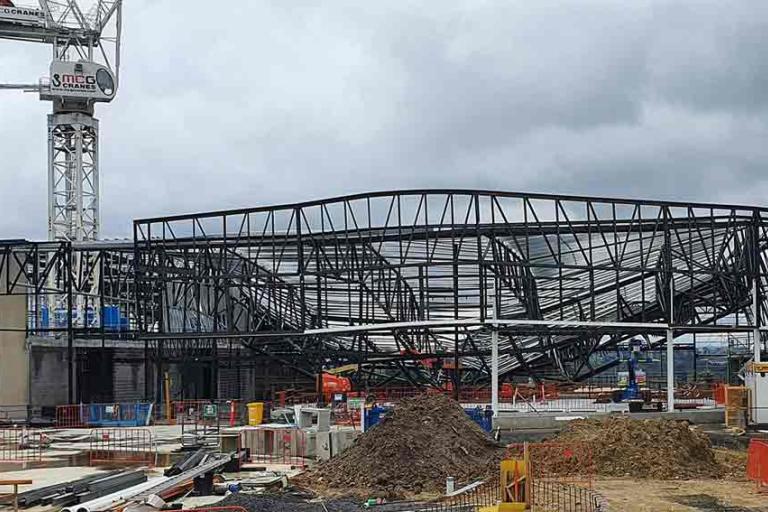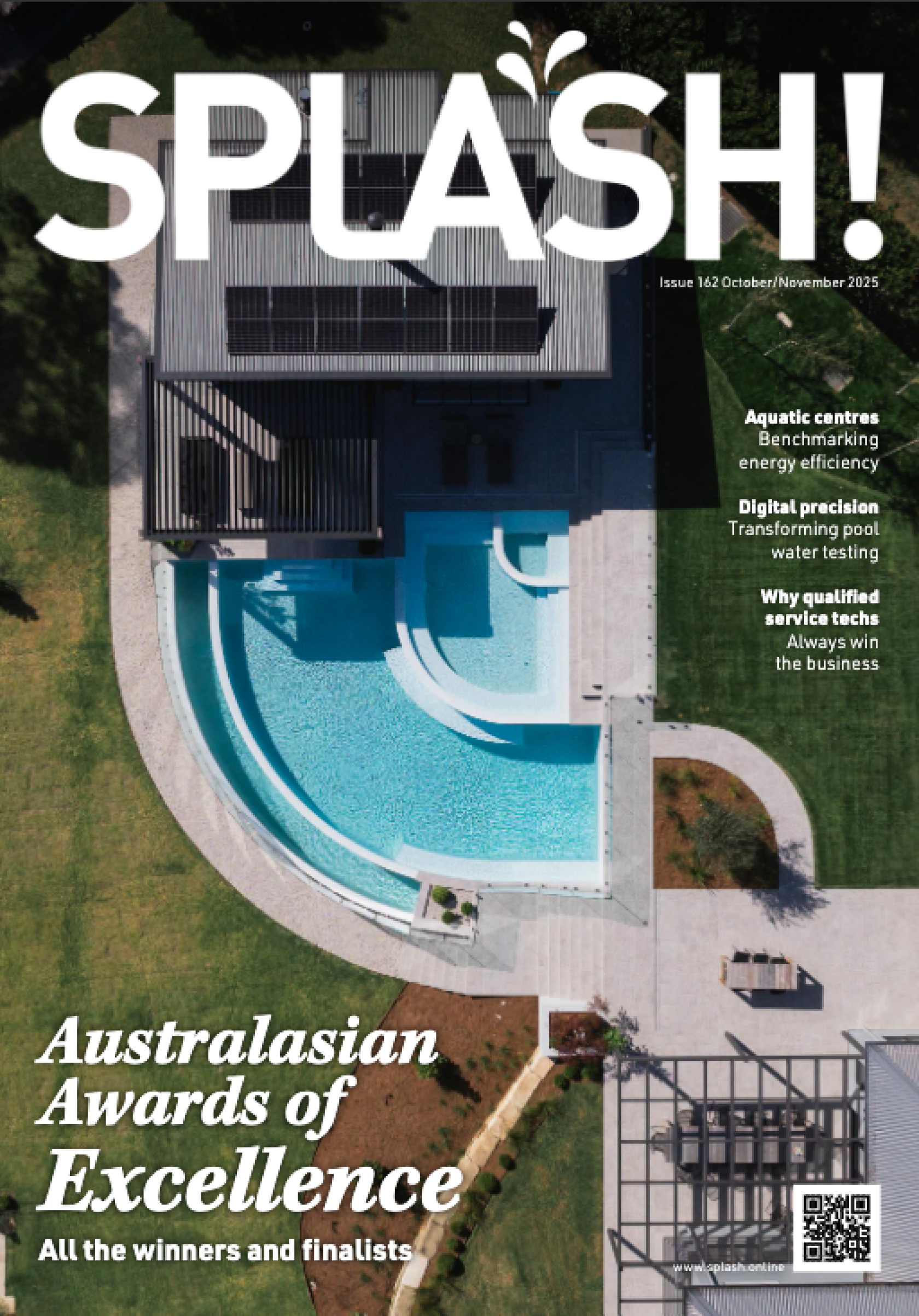Annual drowning report shows improved swimming pool safety
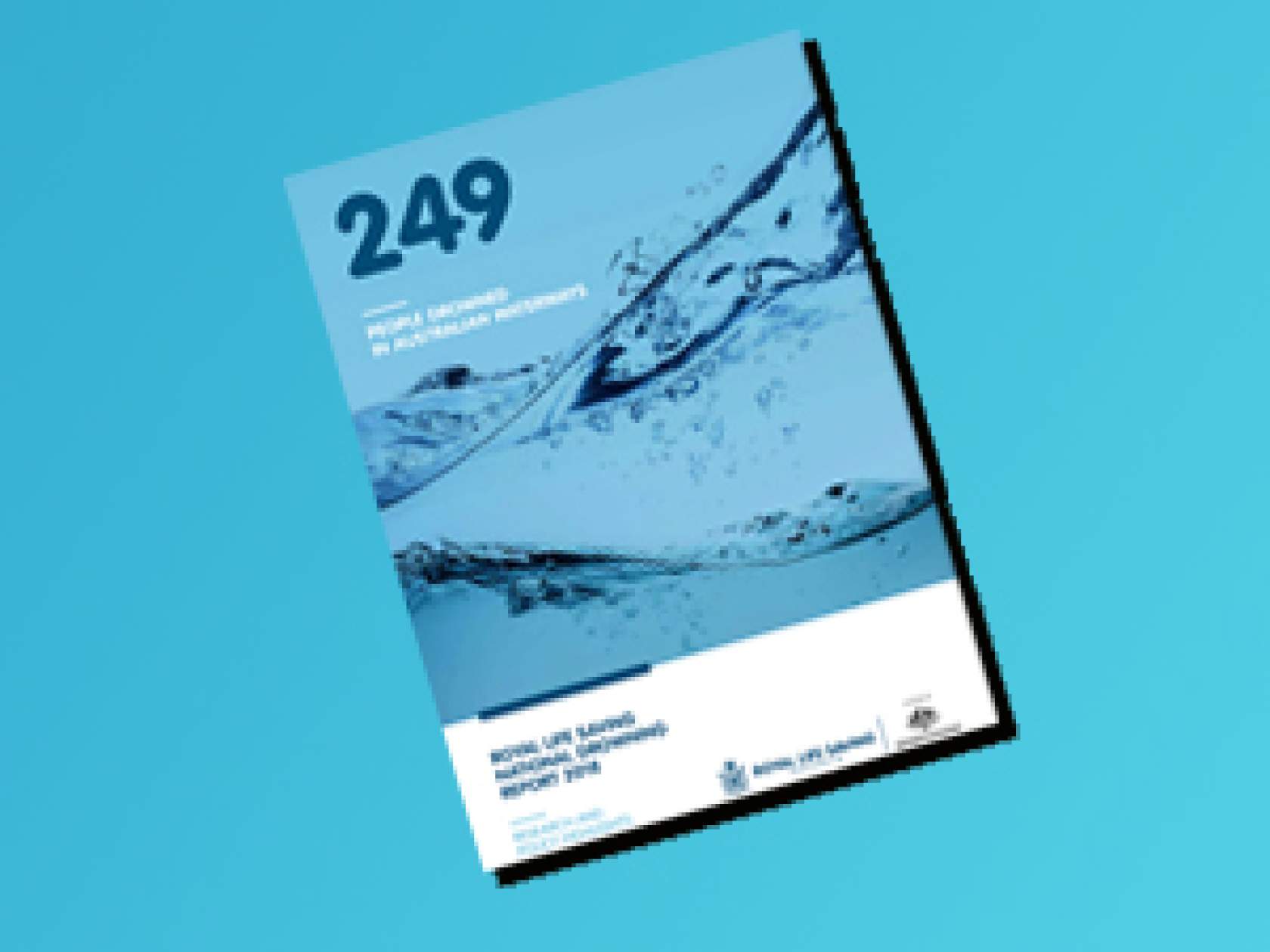
Royal Life Saving Australia's annual report into water safety, the National Drowning Report 2018, has shown improvements on swimming pool drowning indicators.
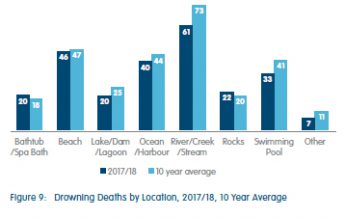 The report shows 33 drowning deaths in swimming pools in Australia in 2017/18, which is a 25 per cent decrease compared to 2016/17 and a 20 per cent decrease against the 10 year average.
The report shows 33 drowning deaths in swimming pools in Australia in 2017/18, which is a 25 per cent decrease compared to 2016/17 and a 20 per cent decrease against the 10 year average.
These figures include both public and private swimming pools, with public swimming pools accounting for nine per cent of pool drowning deaths.
Children under five years old continues to be the most worrying age group for drownings, accounting for 36 per cent of all swimming pool drowning deaths in 2017/18, and swimming pools remain the main location for drownings of under-fives. However, the 12 deaths over this period represent a 20 per cent decrease over the 10-year average.
There were no swimming pool drowning fatalities among those aged 5-24 years.
Overall, the under-five age group shows a total of 18 drowning deaths, down by 36 per cent against the 10-year average across all locations.
In total, most drownings occurred in rivers, creeks and streams (61), followed by beaches (46) and oceans and harbours (40). Pools (33) were fourth on the list.
Supervision
The report also highlighted the analysis of causal factors for drowning of children under five in NSW private swimming pools between July 2002-June 2017.
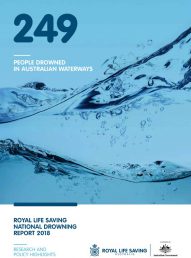 It highlights a lack of supervision as the primary factor in the drownings. And that in 88 per cent of cases, the pool barrier was faulty, absent or the gate was propped open.
It highlights a lack of supervision as the primary factor in the drownings. And that in 88 per cent of cases, the pool barrier was faulty, absent or the gate was propped open.
• Supervision was completely absent in 64 per cent of cases
• A further six per cent of children were left to be supervised by siblings or other children
• Supervision was absent for 5-10 minutes in 35 per cent of cases and 3-5 minutes in 24 per cent of cases
• In 71 per cent of cases the child drowned in the pool located at their primary residence
• The most common means of access were:
- 38 per cent faulty fence or gate
- 26 per cent lack of fence
- 24 per cent gate propped open
Improved pool safety
While there is still much to be done, SPASA Australia credits improved pool safety and increased supervision for the declining swimming pool drowning figures.
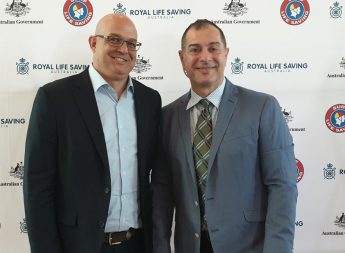
SPASA supports water safety initiatives around swimming pools and spas that minimise the potential for accidents to occur.
The following guidelines assist in the safe use of a swimming pool or spa:
1. Supervise - always keep watch of your child and in arms reach when around water. Supervision is the key to prevent toddler drowning, adequate supervision means a responsible adult is supervising at all times.
2. Restrict ACCESS – restrict unsupervised access to water at all times. Understanding the importance of a compliant safety barrier and its maintenance ensures that access to the pool or spa is limited and provides a deterrent.
3. Education - teach your child to be water confident.
Ensure children are taught swimming, survival and lifesaving skills at an early age, set rules for children near water and ensure those rules are enforced.
4. Respond – learn CPR
In the event of an emergency, every parent and pool owner should have learnt first aid and CPR.
5. Healthy pool or spa – keep your pool/spa water healthy
A healthy pool or spa ensures that you and your family can swim and enjoy your pool and/or spa all year round by keeping the chemistry right.
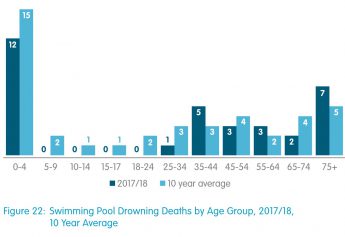
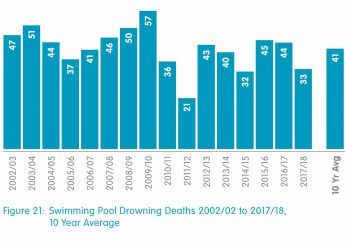
More will be included in the printed edition 120 of SPLASH!.



